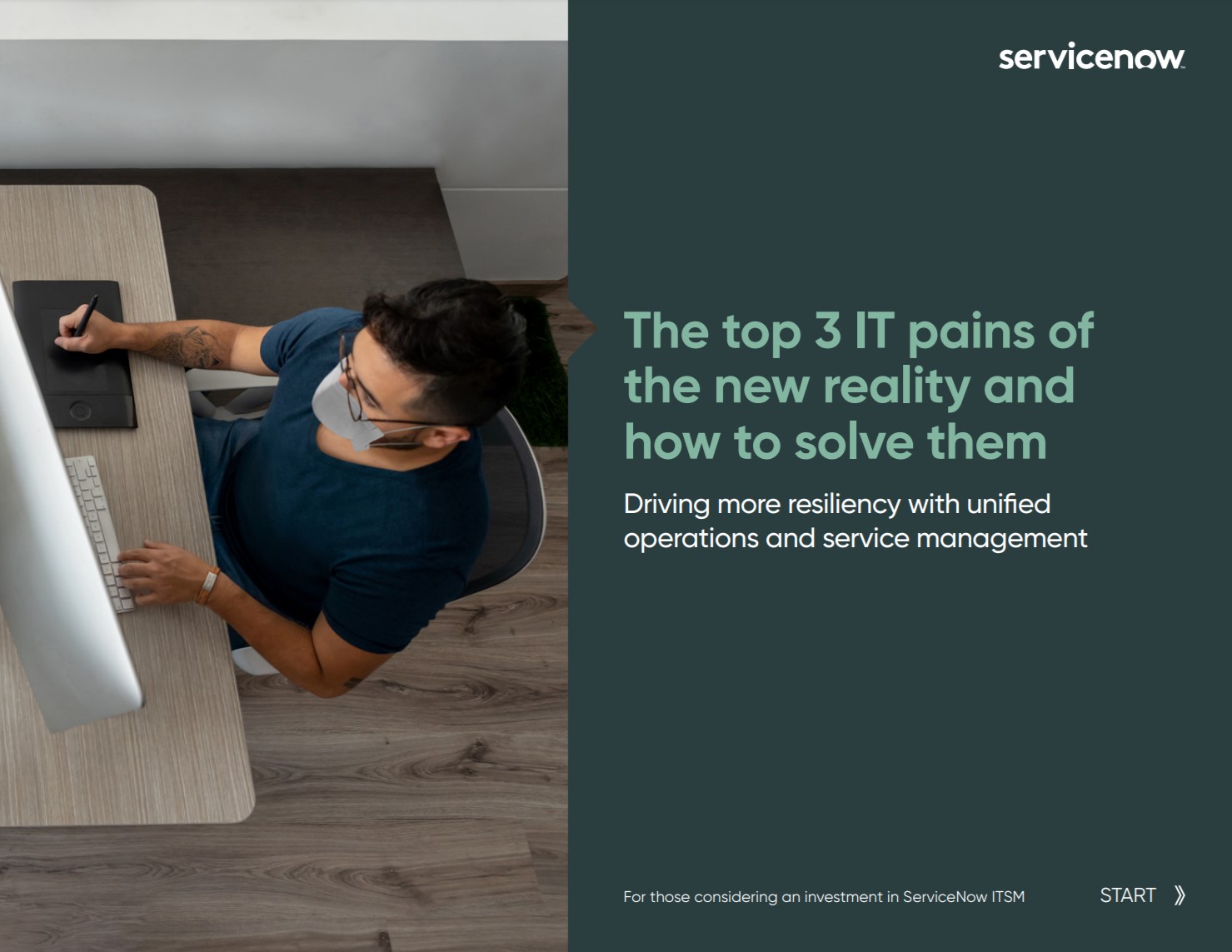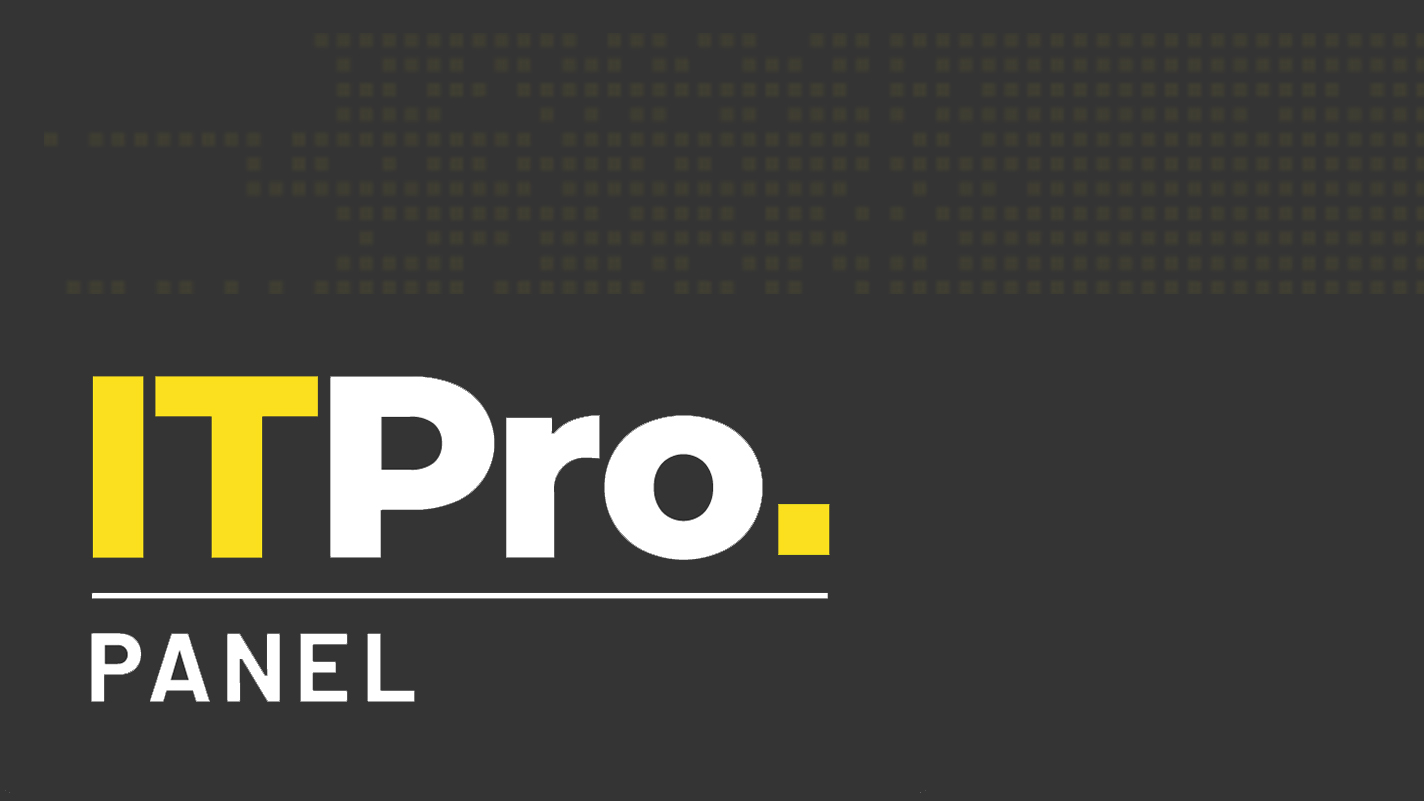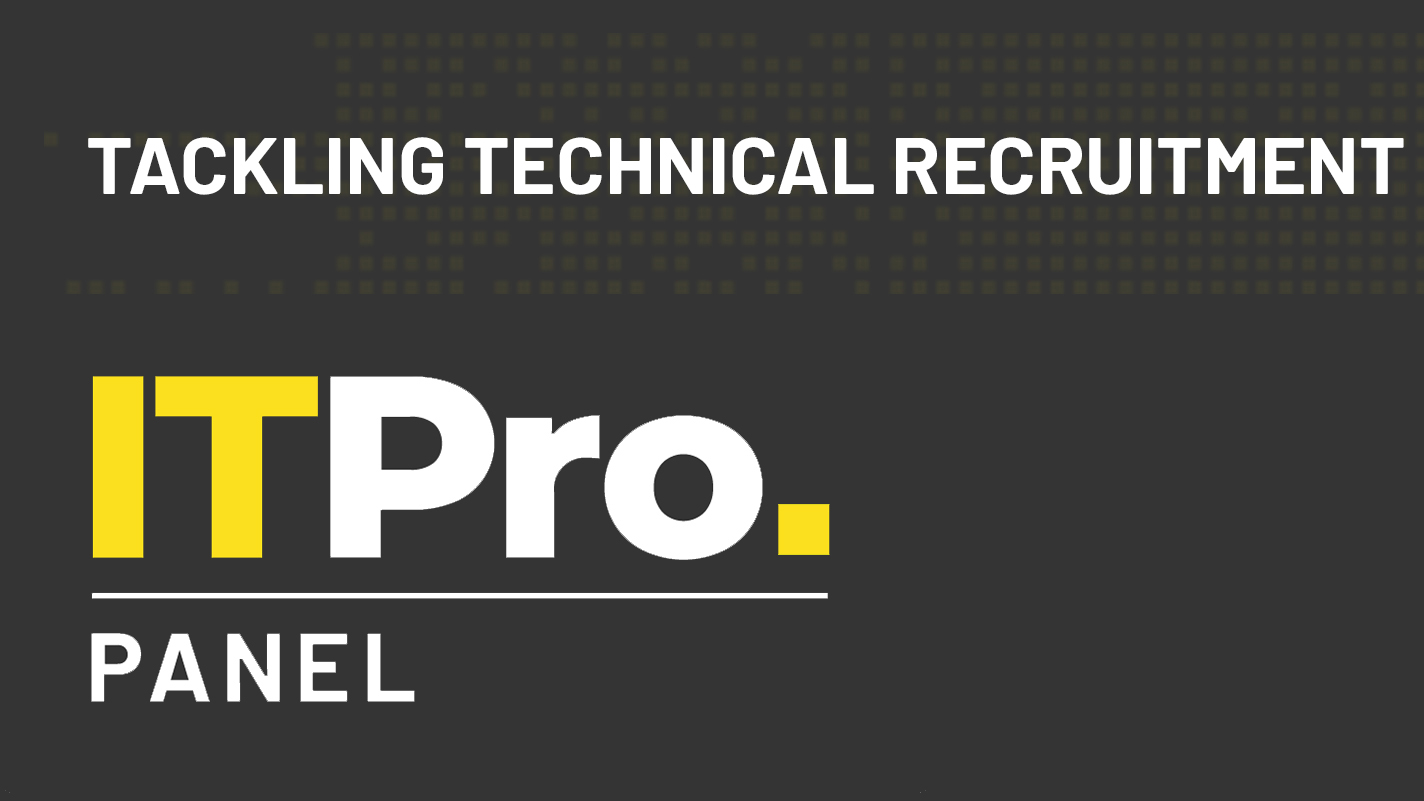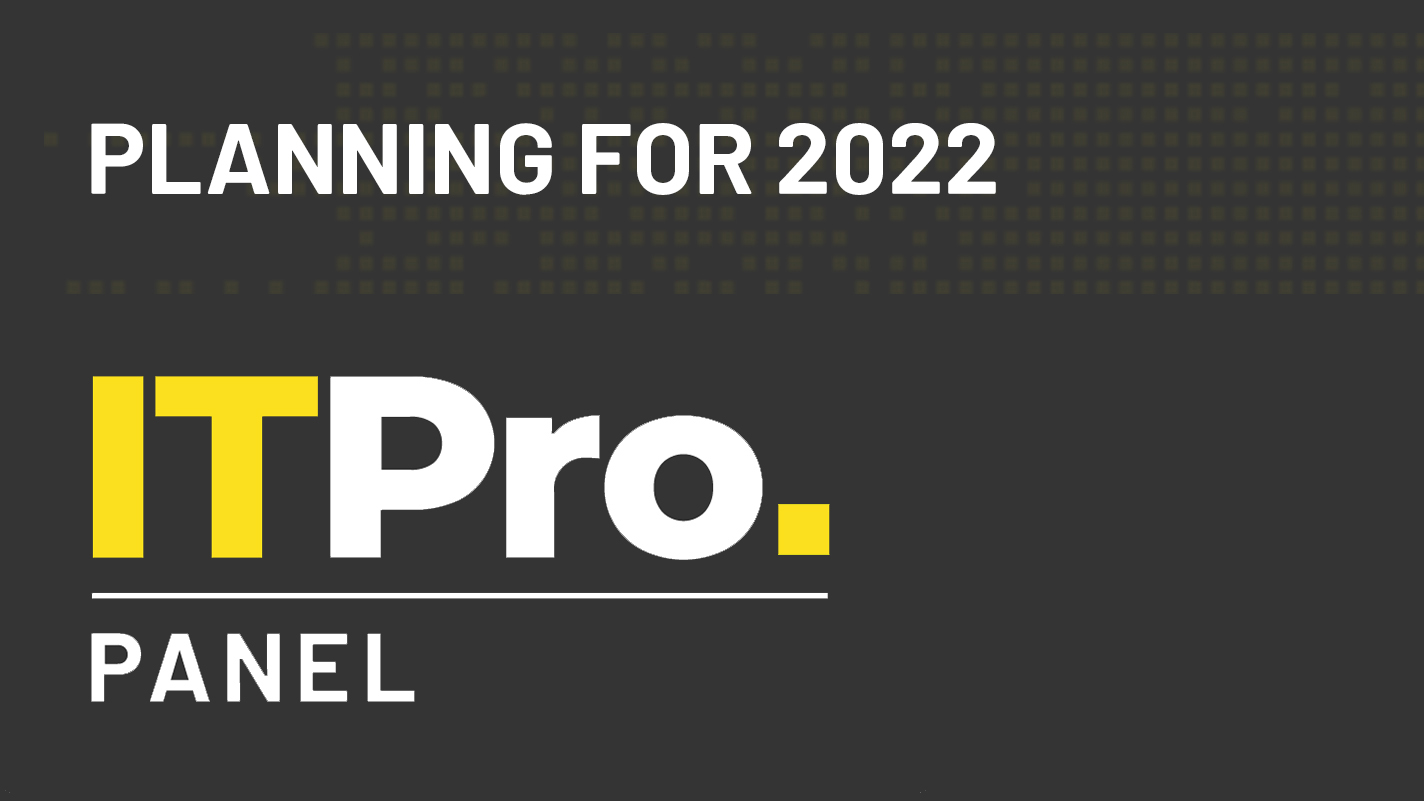Five minutes with... Petr Janda, Pleo CTO
We talk to the CTO of Pleo, a fast-growing electronic money specialist focusing on company spending, card solutions and more


Data is transforming virtually every industry, but arguably it’s the financial services sector that’s most heavily invested in building data-driven decision-making into its processes. For business expense management platform Pleo that’s a core strategy, and it informs much of the company’s IT investment.
There’s a lot of investment to inform, too. The company recently broke records with a $150 million Series C funding round, the biggest in the history of its native Denmark. We asked CTO Petr Janda why data is such a priority for Pleo, and what challenges the organisation is hoping to overcome with it.
What does your core infrastructure currently look like?
We're leaning into a multi-cloud strategy. What that means is that we have a combination of different vendors: our core operation systems are running in Amazon Web Services, and we complement this with a data ecosystem from Google Cloud, so we're operating across the two.
When it comes to going a step deeper, we're staying away from bare metal, or even virtual machines: everything we deploy is containerised and managed by Kubernetes, which is standardised across all the back-end systems. That means that we offload a lot of management of the system onto cloud providers, and focus a lot more on the individual pieces of code we ship into them.
On top of that, we're very keen to make sure that we offload management of state. Anything that stores data, we ideally don't want to host ourselves, even within our clusters. We make use of the solutions the cloud vendors have for us, be it managed Postgres databases or Google’s BigQuery. If something bad happens, we hope that these big tech companies with thousands of engineers should be able to solve it very quickly.
What’s your biggest priority within the business?
It's the same as everyone else in the C-suite: we all focus on the customer, and how we can solve for them. For me, it's about how we build a technology organisation that’s able to ship solutions and put products in front of the customer at a healthy pace. What I mean by that is, we can innovate as a company this year, but we have to be able to keep up a similar pace in a year or two, or three years from now.
This, of course, is not trivial. If we focus too much on today's world, we might be making things harder for the future. On the other hand, if you optimise too much for the future, you might be over-investing in areas where it's not necessarily needed. We try to find a good rhythm, of innovating our current products whilst also building a long-term platform or infrastructure. At the core of that is balancing technology investments: I spend a lot of time focusing on how we design the organisation, and choosing the right initiatives to maintain this ability.
Get the ITPro daily newsletter
Sign up today and you will receive a free copy of our Future Focus 2025 report - the leading guidance on AI, cybersecurity and other IT challenges as per 700+ senior executives
Which piece of technology would you say is most critical to achieving this?
I don't think there's a single piece which allows us to do that. It's almost like, how does this system holistically work? How can we design a portfolio of services and a platform which allows us to build these products on top of that?
I guess one way to look at it is that, because we're a financial institution, there's quite a lot we have to do just to get the product in front of our customer. On one side, you have the parts of the platform that deliver the experience to the user, from the mobile app to a variety of web interfaces. But behind the scenes there is also a lot of infrastructure that has to integrate with the wider payment ecosystem, so we can effectively move money.
And behind all that there are additional building blocks: we have to comply with all the regulations, which are getting stricter as we go, and can differ across different markets. So there's a lot of technology solutions and integrations we have to do to empower that. None of these pieces are crucial in isolation; solving in all these different levels is what allows us to innovate.
Do you have any preferred technology vendors that you especially invest in?
Enfuce is our payment processing provider – essentially our integration point between Pleo and the card networks, which is, of course, a central part of what we do. For anything else, we go in with an open mind. You can almost always find a solution from Amazon and Google – they have such a vast portfolio of products, servicing a very broad range of use cases. But we might also try to find more specialised vendors who have a deeper focus on the particular problem.
In a sense, we don't really have a preference. We look at it as, okay, this is a problem, we need to solve it. Who are companies who play really well in this field? And how can we leverage that to push the product forward?
What’s the biggest IT challenge you’re currently facing?
RELATED RESOURCE

The top three IT pains of the new reality and how to solve them
Driving more resiliency with unified operations and service management
Almost every company goes through a journey. When you're an early-stage startup founder with, let's say, a team of 10-15 engineers, you can get the sense of everything and manage that team as one. But as you scale beyond that point, you have to start to organise it more, and break it into smaller teams, which ship on a variety of different work streams.
That’s what Pleo has done. We have our portfolio of products, which we're releasing to the market, and about 80 engineers, working across a number of teams. We're now thinking more about how we can essentially create a platform on top of which all these things work.
One way you can look at it, of course, is the cloud infrastructure provided by Amazon and Google, and a layer of management on top of that, which we’ve already built inside of our team. But what I'm especially looking into is, how can we layer more reusable services on top of that, so they’re available to any team out there building Pleo's applications?
What I see as the biggest challenge is that there's about 13 teams running really fast, iterating and shipping to the market, and we kind of want to slot this platform under all of them as we go. There is no “let's stop for six months, do this and then continue”. We want to find good initiatives, good technology solutions and good projects to take us towards that vision, while continuing to ship at a very fast pace, all the time. That is a big challenge for me.
Which part of your IT estate are you proudest of?
It's hard to pick, but one thing worth mentioning, is our compliance solution, which gained us recognition from by one of the banks in Denmark – Danske Bank, I believe.
Essentially, when we onboard customers we’re required to disclose quite a lot about the client, such as the ownership structure of companies. Many fintechs handle this through partnerships and integrations with external parties, and there are a lot of great solutions out there. But doing it this way locks you a little bit into their way of thinking, and shapes the experience you can have on top of it.
Early in Pleo, it was decided that compliance would be a key piece of our in-house tech estate. We built our own system which connects to a number of company registries, and helps us to model the compliance process and requirements into the technology stack. This then lets us build a different experience when working with the company going through onboarding.
Essentially, the idea is to minimise the work and input needed from clients, and from our employees inside Pleo. We lean into the technology, promoting the image of a company with automated data systems behind the scenes. And we believe it's paying off, with stronger and more productised onboarding journeys. It's definitely something we're very happy with.
What’s the next big project you’re planning?
This platform is a little bit of a moving target. We draw inspiration from companies like Spotify and their Backstage product, which essentially looks like an app for engineering teams, allowing you to spin up new services and infrastructure as needed. It almost feels like a product itself.
But if I had to point to one specific step we’re taking in this direction, it would probably be focusing on data. The organisation is growing very quickly, and without conscious effort we risk losing track of what is going on in the company, and how the different corners of the company relate to each other.
We see our data as the key to solving that. Data helps us to convey context from one side of the organisation to the other. We have a number of teams interacting with the customer on their journey to Pleo – from marketing, sales and customer success to the product and support teams – and we really want them to have a singular view of the customer, to provide the right data points to the relevant teams as they are interacting with the customer.
I see that as part of this overall platform – a big building block which is essentially our data ecosystem. We're adopting this trend of a modern data stack, which essentially means building a platform which is provided as infrastructure to the rest of the organisation. The goal is to enable everyone to ingest data to the central data warehouse, which makes it interoperable, and there's a number of discovery and quality aspects we've built on top of that. We basically allow a group of analysts to model the business and then distribute data back to different corners of the organisation.
If we nail this platform our teams will be able to work in a much more unified way, because they can look at the data and understand where this customer is coming from. “What just happened for them 30 seconds ago within the product, and how can I help them?”
Are you a Windows, Mac or Linux user?
My computer at home is a Mac, and I interact with Linux on our servers in one way or another. I'm trying to remember when I last used Windows… it’s probably 15 years ago, which I guess gives you the answer.
In the last ten years, what technology has made the biggest impact on the IT industry, and why?
I recall a time when I was building some systems for a customer, and I had to open an FTP terminal and move the files to the server. Looking back, it wasn't the greatest experience. When I think of what we do today, shipping very large and complex systems relatively easily, I see it all as a massive journey. We have everything we need literally at our fingertips, and it’s powering innovation, because any company who adopts these cloud solutions has an almost endlessly scalable environment in which to operate.
If I dive one step deeper, I’m very passionate about data systems. Our cloud data warehouse, first starting with Redshift on AWS and later being pushed forward with BigQuery, feels almost like magic: I throw a lot of data in, and I start querying, and there are no indexes, no management of “how do I start today?”
I see data as the next wave, pushing the boundary of how much easier it's becoming for companies to work without large teams of data engineers and custom pipelines between tools. That ecosystem is growing really quickly. And if you combine the cloud itself with the data aspects of solutions that are built on top of that, it’s a very interesting playground where products can be built far faster than 10 years ago.
Adam Shepherd has been a technology journalist since 2015, covering everything from cloud storage and security, to smartphones and servers. Over the course of his career, he’s seen the spread of 5G, the growing ubiquity of wireless devices, and the start of the connected revolution. He’s also been to more trade shows and technology conferences than he cares to count.
Adam is an avid follower of the latest hardware innovations, and he is never happier than when tinkering with complex network configurations, or exploring a new Linux distro. He was also previously a co-host on the ITPro Podcast, where he was often found ranting about his love of strange gadgets, his disdain for Windows Mobile, and everything in between.
You can find Adam tweeting about enterprise technology (or more often bad jokes) @AdamShepherUK.
-
 Women show more team spirit when it comes to cybersecurity, yet they're still missing out on opportunities
Women show more team spirit when it comes to cybersecurity, yet they're still missing out on opportunitiesNews While they're more likely to believe that responsibility should be shared, women are less likely to get the necessary training
By Emma Woollacott
-
 OpenAI's new GPT-4.1 models miss the mark on coding tasks
OpenAI's new GPT-4.1 models miss the mark on coding tasksNews OpenAI says its GPT-4.1 model family offers sizable improvements for coding, but tests show competitors still outperform it in key areas.
By Ross Kelly
-
 Panel Profile: Hello Magazine CTO Andy Macharg
Panel Profile: Hello Magazine CTO Andy MachargIT Pro Panel We get face-to-face with one of the IT Pro Panellists
By IT Pro
-
 Panel Profile: Melton Building Society director of IT and change Rita Bullivant
Panel Profile: Melton Building Society director of IT and change Rita BullivantIT Pro Panel We get face-to-face with one of the IT Pro Panellists
By IT Pro
-
 Printer ink vs toner: What's the difference?
Printer ink vs toner: What's the difference?Vs From price per page to the finish, we weigh up the pros and cons when it comes to printer ink vs toner
By Bobby Hellard
-
 IT Pro Panel: Tackling technical recruitment
IT Pro Panel: Tackling technical recruitmentIT Pro Panel With the recruitment market shifting, how can businesses both retain their best staff and fill gaping talent shortages?
By Adam Shepherd
-
 IT Pro Panel: Planning for 2022
IT Pro Panel: Planning for 2022IT Pro Panel Recruitment and skills top the list of our panellists’ biggest concerns for 2022
By Adam Shepherd
-
 £100 contactless payment limit could place shoppers at risk, warn industry experts
£100 contactless payment limit could place shoppers at risk, warn industry expertsNews The tech industry reacts to the new threshold introduced by the FCA
By Sabina Weston
-
 Five minutes with... Jon Smart, RoosterMoney CTO
Five minutes with... Jon Smart, RoosterMoney CTOIn-depth We find out more about the IT powering the popular pocket money app
By Adam Shepherd
-
 When should startups hire their first CTO?
When should startups hire their first CTO?In-depth Hiring a senior tech leader is a big event in the life of any start-up, but when is the right time? And what’s the right approach?
By Jonathan Weinberg